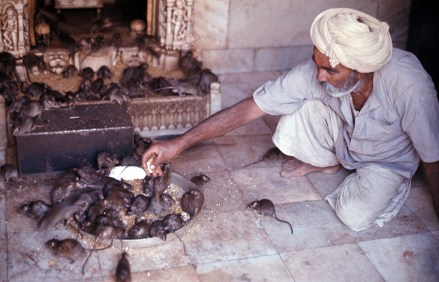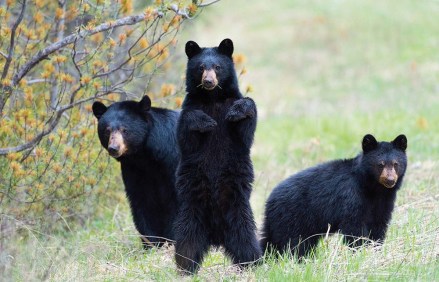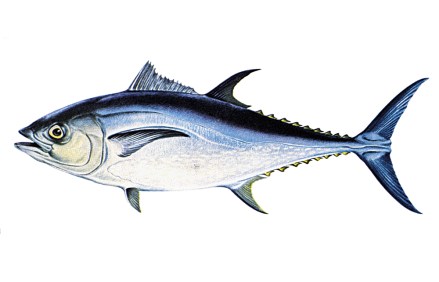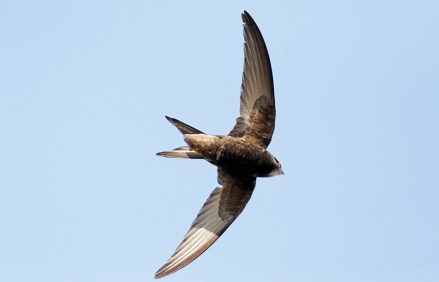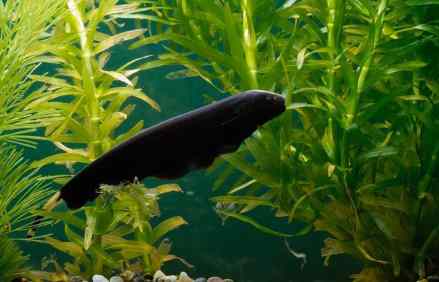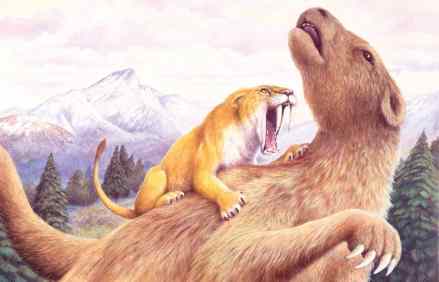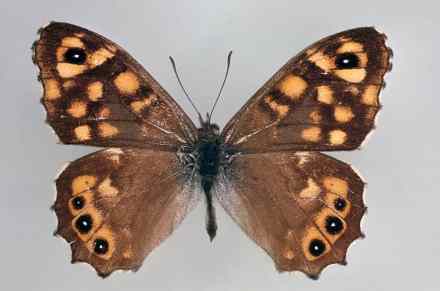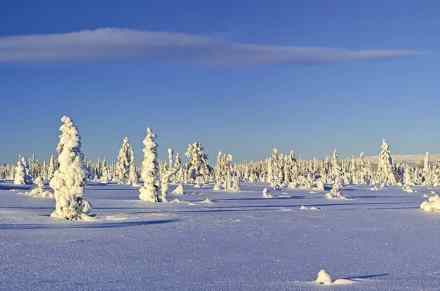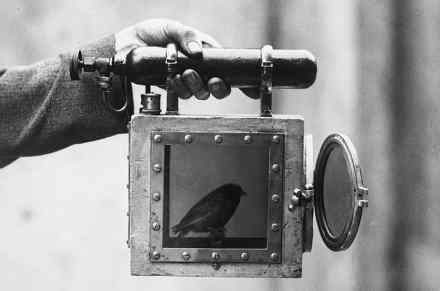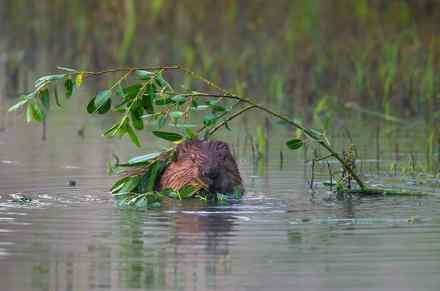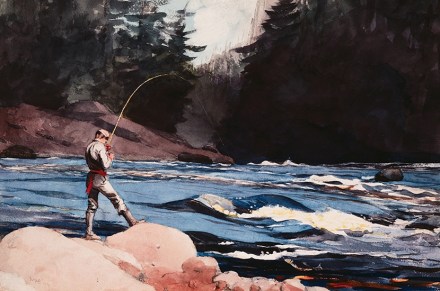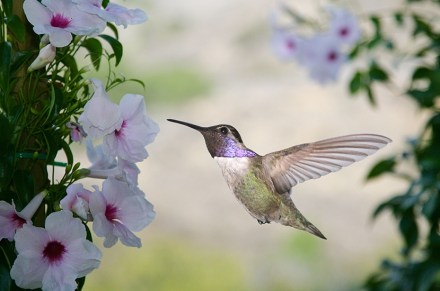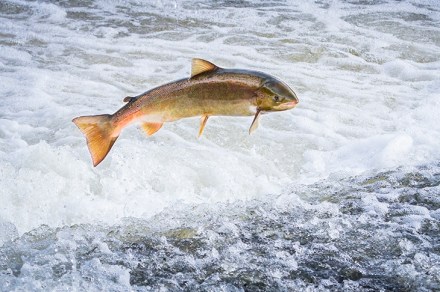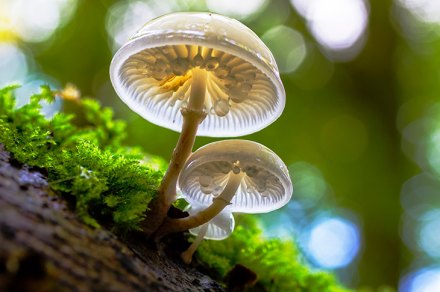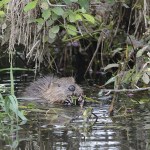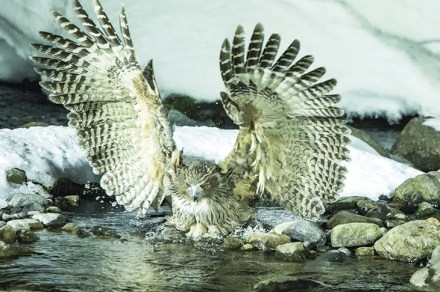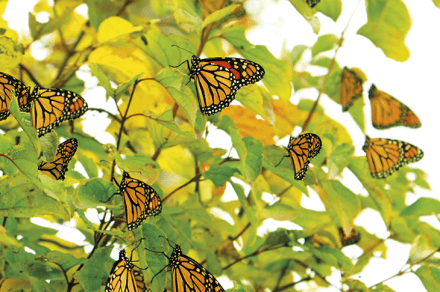The rat as hero
Behold rat. Behold the magnificent, clever creature as it runs from the bin you have just opened or disappears into the nearest bush. Behold rat as it is cut open or drugged or injected to improve your health in the name of science, as many millions of its peers have been. Behold rat – though you may find that tricky, because the old adage that you are never more than six feet away from a rat is comprehensively skewered in this wonderful, charming book. Wonderful? Charming? Rats? Yes. Even Joe Shute, a man scared of the creatures, bravely takes two four-inch baby rats into his house and slowly grows to
